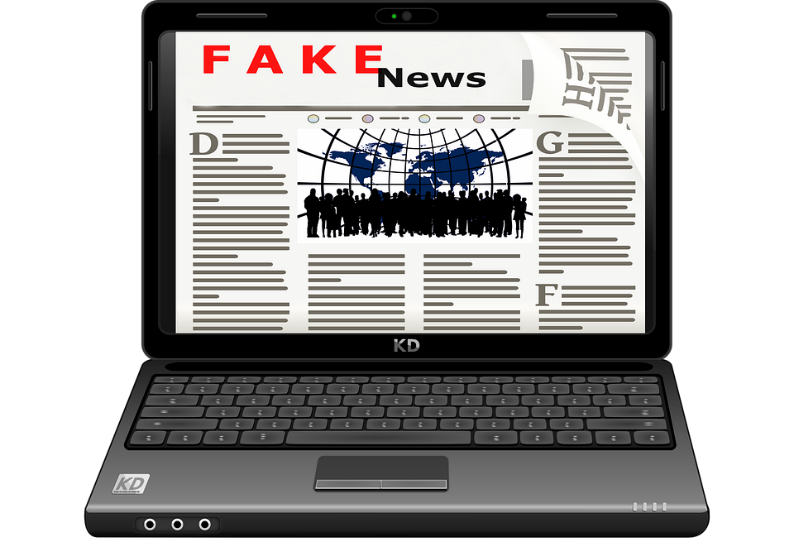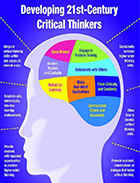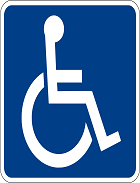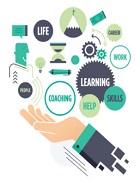Beware of fake news!
Beware of fake news!
With rapid increase in the use of social media apps, fake news has gained the power to sway and shape public opinion and alter reality. As most students get their information online, it is imperative to teach them the necessity of verifying sources and spotting fake news.
A recent study by Stanford University showed that most middle-schoolers are unable to differentiate between real news and fake news. Nearly 7800 students were interviewed of which 82% couldn’t identify the news they came across. The findings of the study makes it all the more important for students to be aware of fake news.
Here are some steps that the teachers can take to help students understand the difference between real news and fake news.
Construct a fake news lesson plan
Create a lesson plan explaining what fake news is and encourage source credibility testing. Initiate a discussion that will help students understand what they need to pay attention to while evaluating the news.
The teachers can begin by talking about fake news. They can bring a rule in place like, a news is fake if:
a. It is not from a reliable source like a magazine or newspaper that is widely popular
b. It has not appeared in multiple websites or prints
c. It has missing information or key points
Create an activity to teach students the difference between real and fake news
Educate the students on the potential hazards of using fake news and media manipulation by using activity cards. The teachers can initiate this activity by showing fake images or reading fake news to the students. The students can then share their opinion on what they thought sounded fake and what sounded real. By taking up this activity, students will not only understand to differentiate the news, but will also develop awareness skills and knowledge about things around them.
Come up with strategies for online comprehension and evaluation
Create an outline and form strategies on how to comprehend and evaluate fake news. Conduct class activities on how to form questions based on the information given. Such strategies will not only help the students to think but will also improve their understanding of facts.
 Educate the students to become ‘News Detective’
Educate the students to become ‘News Detective’
Impart skills needed to make your students ‘News Detective' and help them to detect the characteristics of a fake news. Critical thinking plays a key role when it comes to identifying news. By developing critical thinking, students will be able to differentiate between real and fake news.
Help students become more digitally literate
Enhance the students' critical thinking and literacy skills by using case studies as an example. This will help them understand the large degree of influence that the social media has and how it shapes the reality.
Prepare questionnaire on Fake News detection
Prepare questionnaires that question the likelihood of whether a piece of information is real or fake. This helps the students identify and get a better understanding of fake information, thus making them aware of how to analyse fake information.
With children spending more time online, it is essential for them to be taught about real news and fake news, and what to believe and what not to.





















